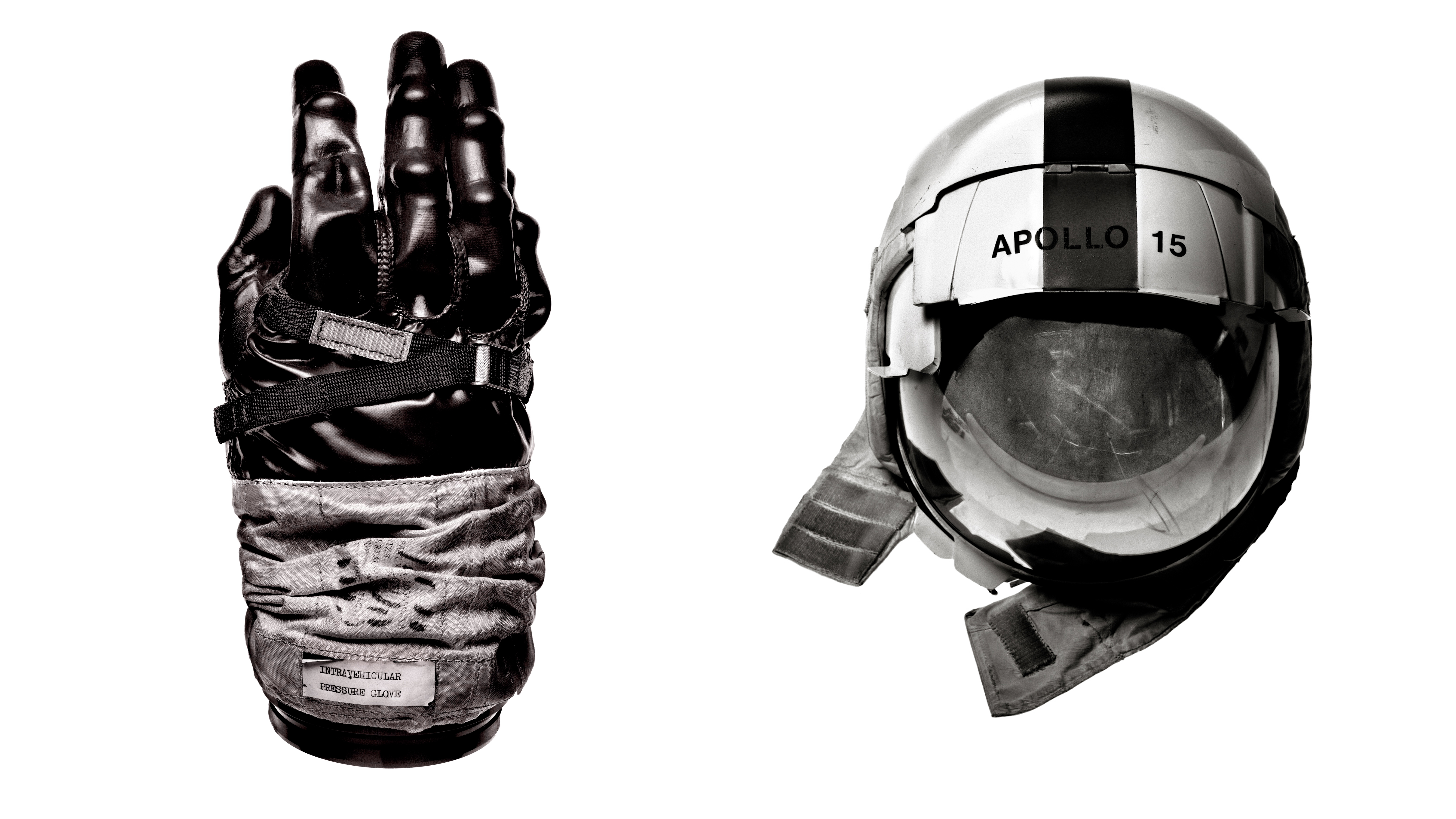Best video switchers for live streaming: Atem Mini and its alternatives
The best video switchers for streaming or recording from multi-cam setups from budget Atem Mini to luxury alternatives
The best video switchers — also known as vision mixers, video mixers or production switchers — are a mainstay of filming live events. They essentially allow users to switch between different video or audio sources in order to record or output a curated real-time edit of something being filmed.
For live events like theater productions, interviews, concerts or sports events, a good switcher is a godsend, enabling a single user to switch between close-ups, wide shots, shoulder shots and whatever else is required. They've also found popularity among streamers, as they allow for quick switches between different video sources (for instance, a webcam and a live feed of a video game).
Whether you're looking to get broadcast-quality video of a concert or just streamline streams from your bedroom, a good switcher will help you get it done. This list includes some of the smartest switchers we've tested, with cheap options as well as the more premium stuff. And if you're looking for more useful kit, check out our guides to the best cameras for streaming, the best cameras for vlogging and best microphones.

Jase Parnell-Brookes is an award-winning photographer, educator and writer based in the UK. They won the Gold Prize award in the Nikon Photo Contest 2018/19 and were named Digital Photographer of the Year in 2014. A regular tester and writer for DCW, Jase has put their expertise here to selecting the best video switchers.
The quick list
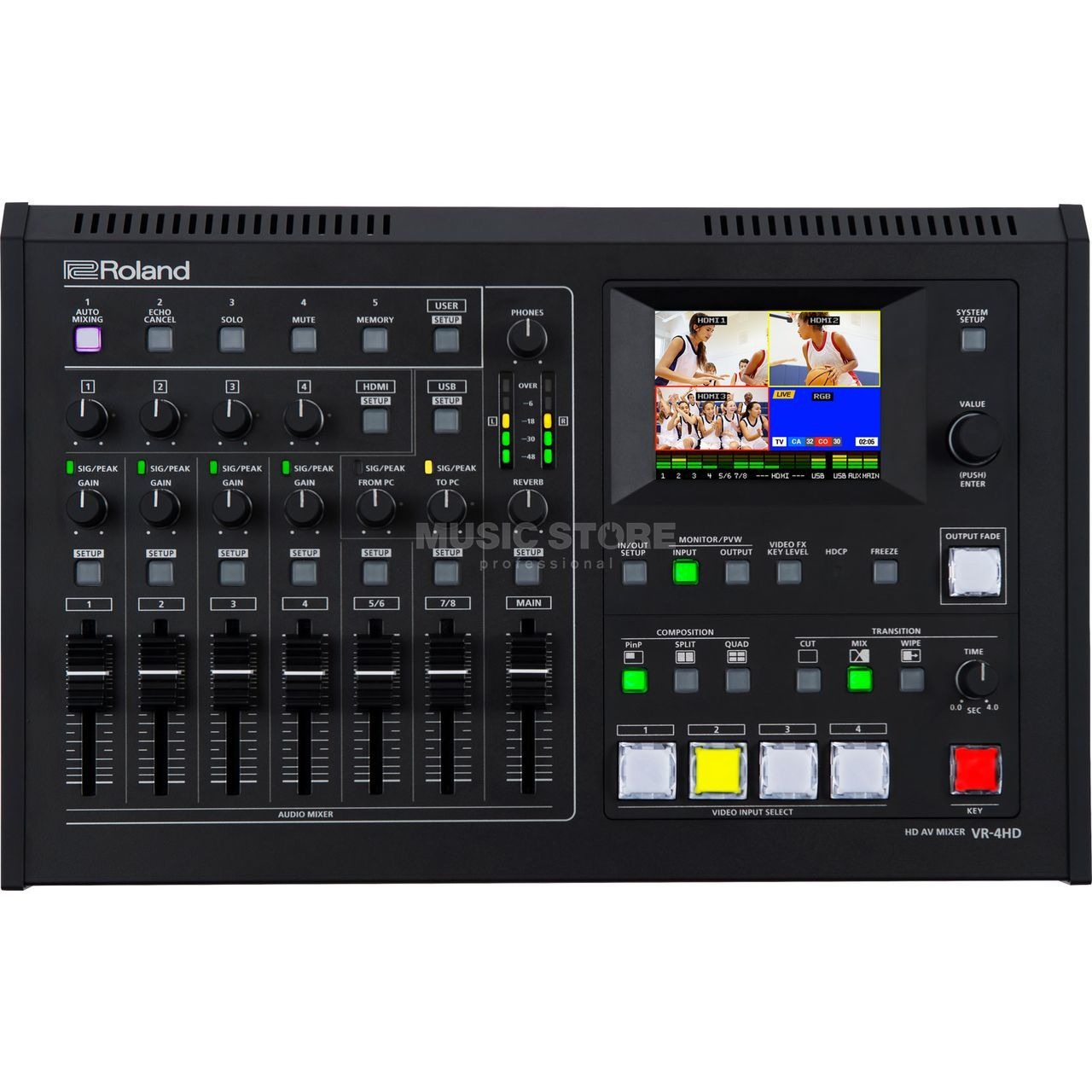
Best overall
Capable of doing everything you need it to, the Roland VR-4HD offers a wide array of options, but is designed so that a single person can comfortably operate it.
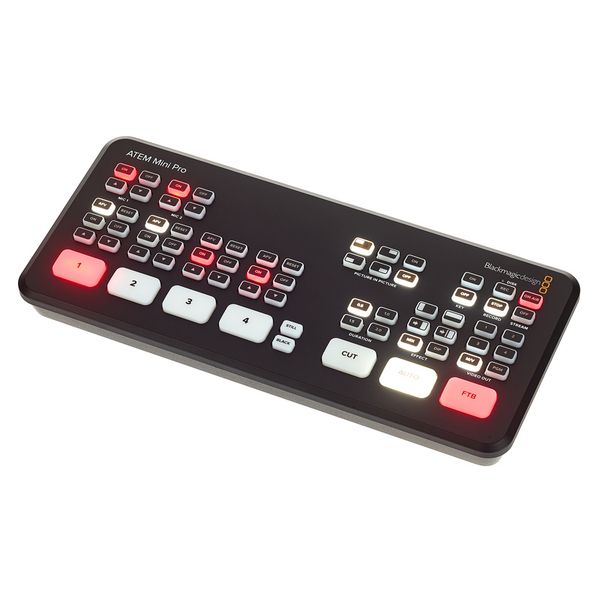
Best portable
Equipped with everything that the Mini has, plus a bit more, the Blackmagic ATEM Mini Pro can stream directly to social media platforms such as Twitch and YouTube Live.
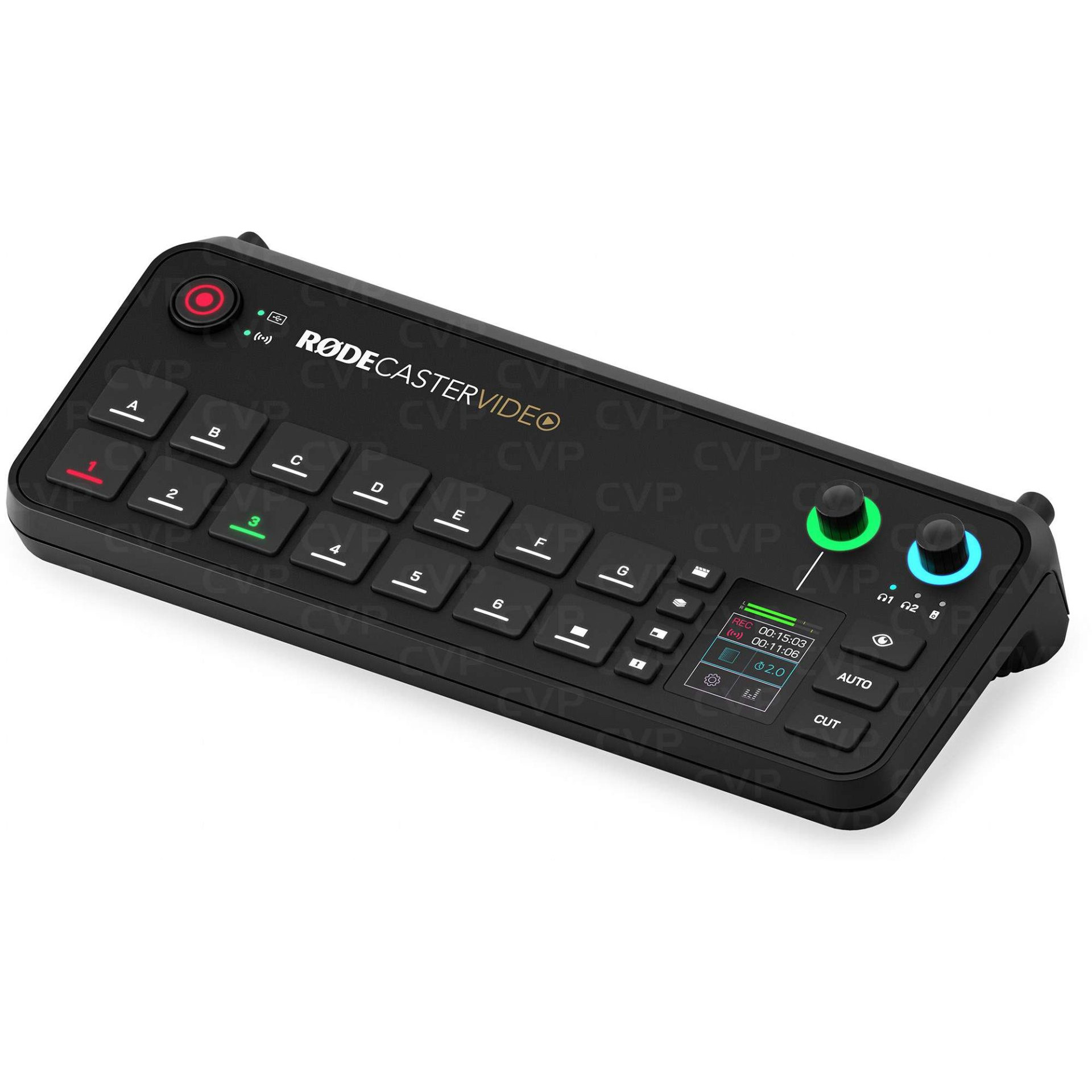
Best premium
With a swathe of IO, this might just be the most comprehensive media switcher we've ever reviewed. It's on the pricier end, but worth it for the functionality it offers.
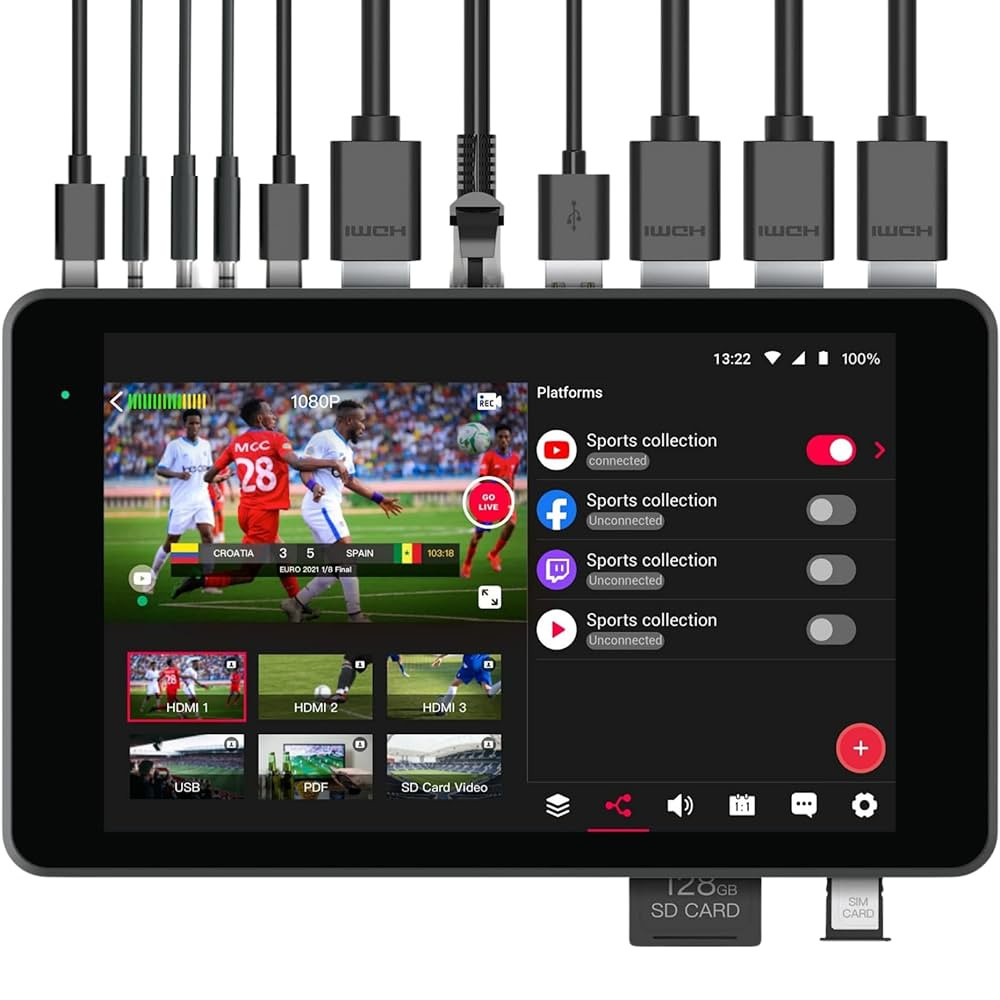
Best all-in-one
Ideal for those who want to run video productions from a single device, the YoloLiv YoloBox can even live broadcast and stream without the need for any additional hardware.
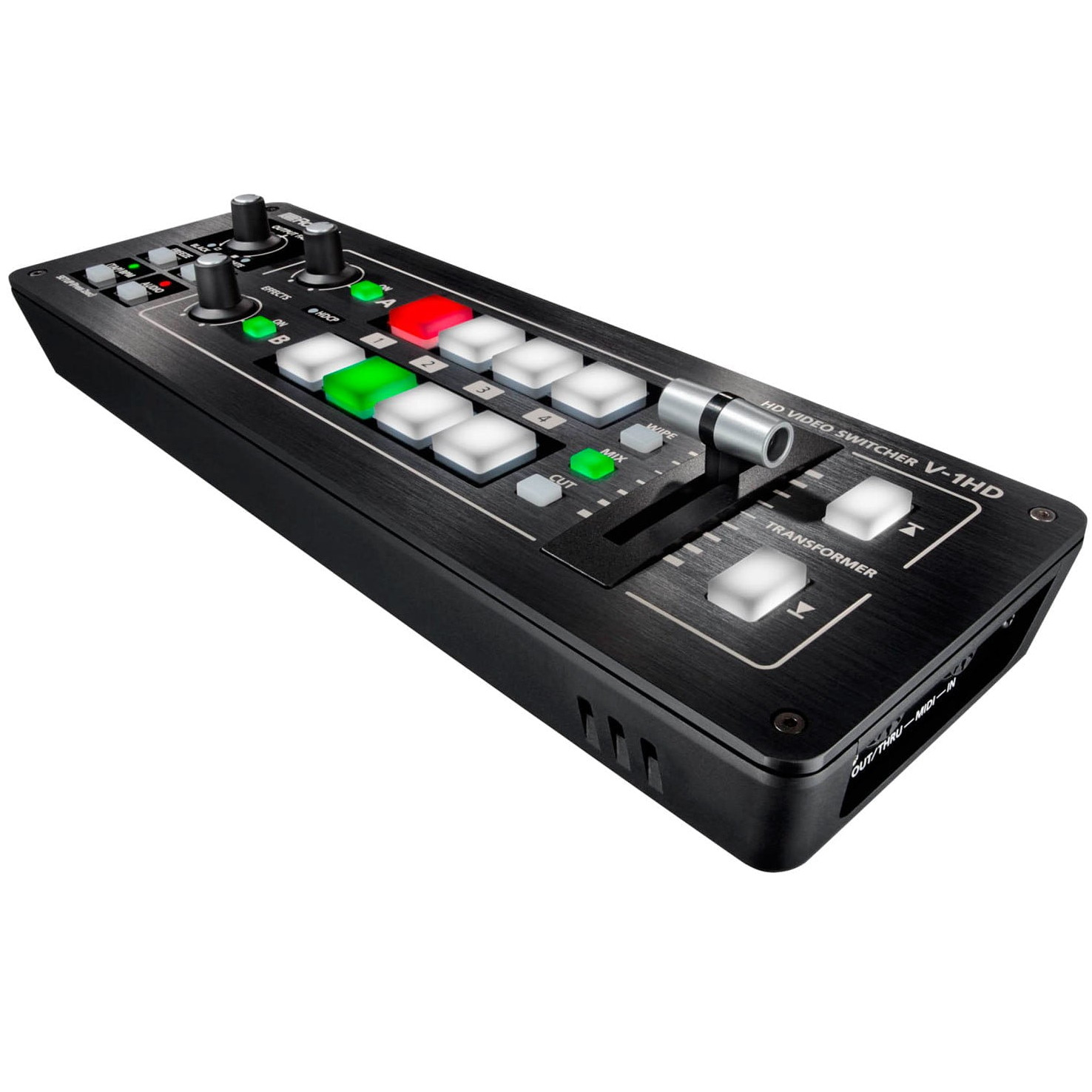
Best for ease of use
Compact in design, with a suite of intuitive controls, the Roland V-1HD provides an interface that may look complex, but is intelligently laid out to put all key functions at your fingertips.
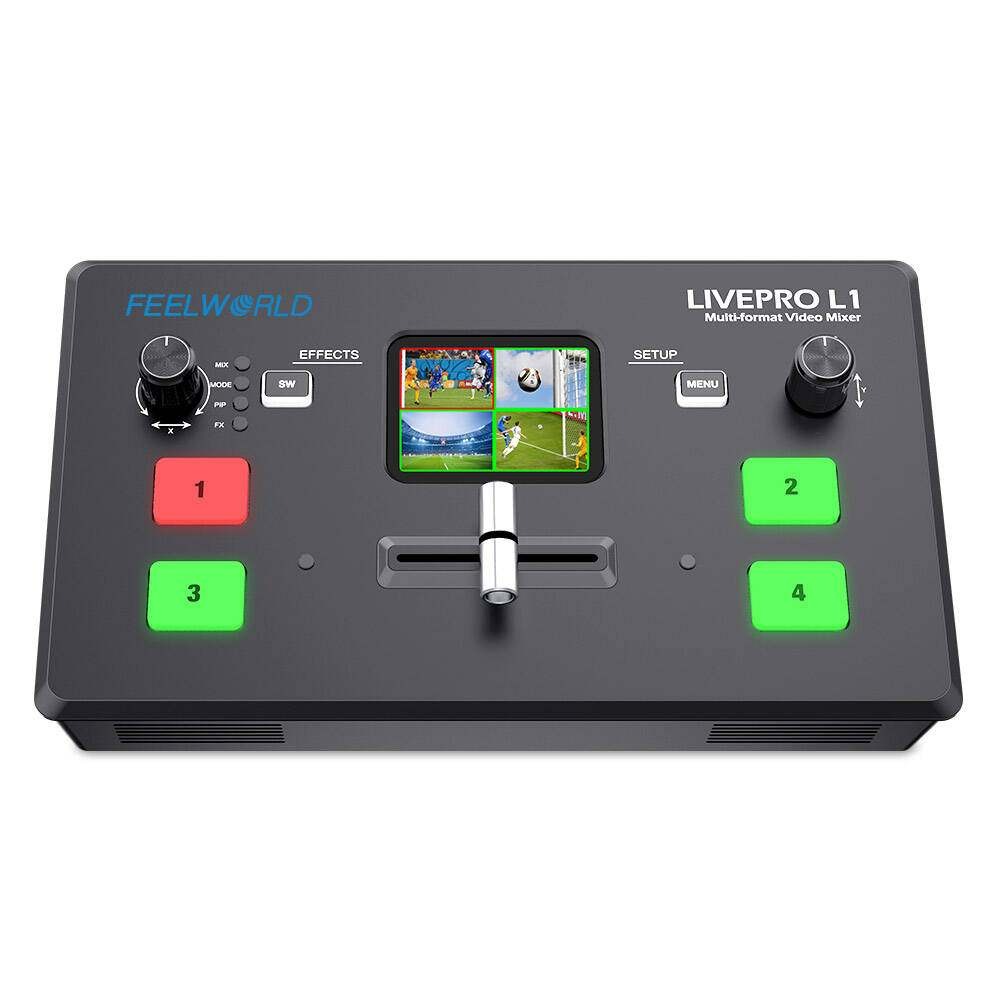
Best budget option
An affordable choice, the Feelworld Livepro L1 V1 includes buttons and a T-bar fader control with an integrated LCD – though the single stereo mini 3.5mm audio input is limiting.
Best video switchers
Why you can trust Digital Camera World
Best overall
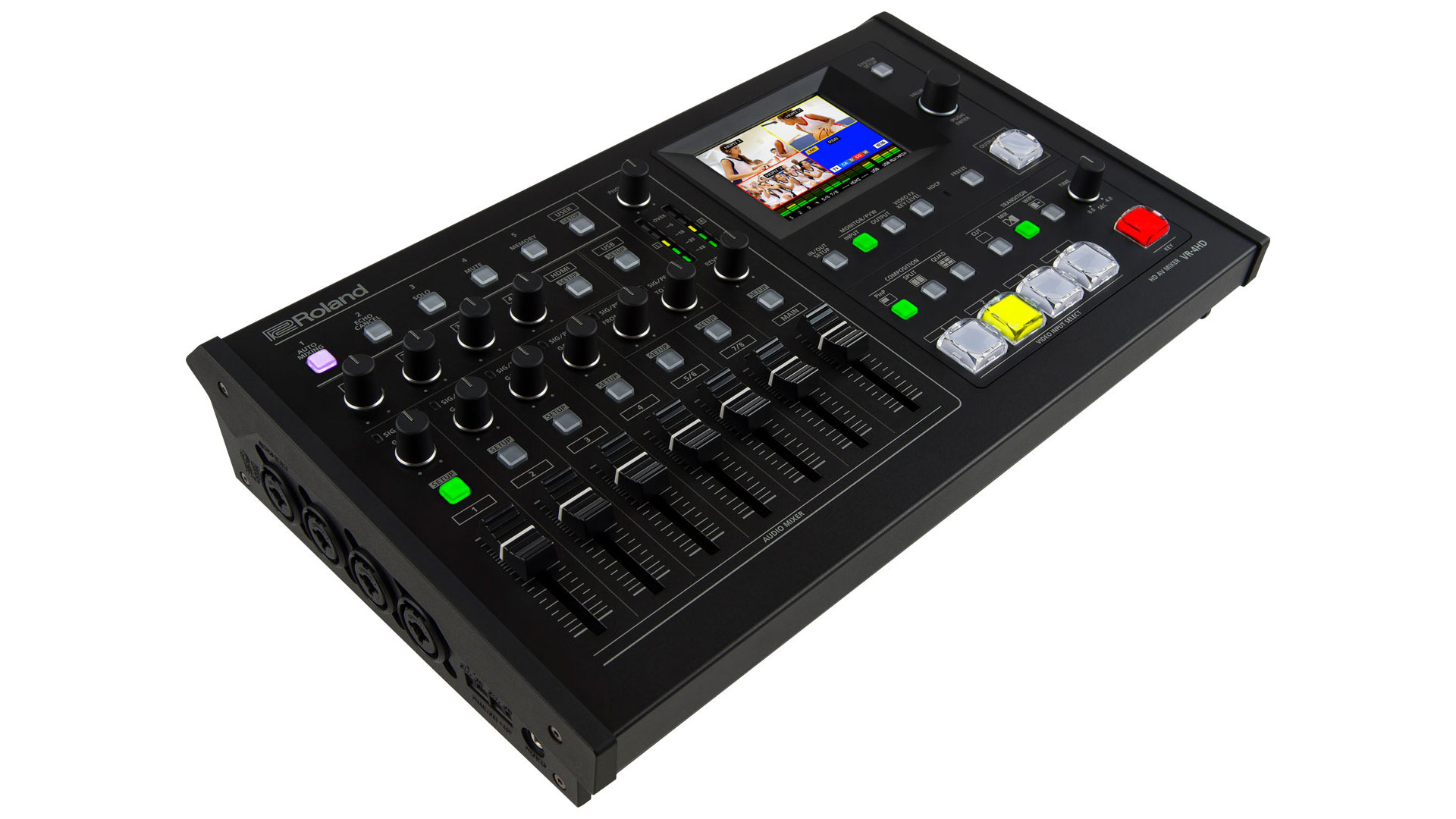
1. Roland VR-4HD
Specifications
Reasons to buy
Reasons to avoid
The VR-4HD is aimed at single-person use, and as such features a wide array of hardware controls through the use of faders, buttons, and pots. Also included is a color touchscreen which makes it simple to preview switching without the need for an external monitor for multi view previewing (although some users will definitely want an external monitor as the on-board screen is relatively small).
A capable video switcher, it has six video inputs and is able to switch between four channels for comprehensive control. It also mixes audio well and can handle 18-channels via both audio and video inputs. The VR-4HD allows both XLR and RCA Phono audio connections for professional use, a step-up from the ubiquitous stereo mini 3.5mm jacks. With light-up buttons and an audio level monitor it can be used in the dark or in low-lit situations for inconspicuous operation.
Best portable
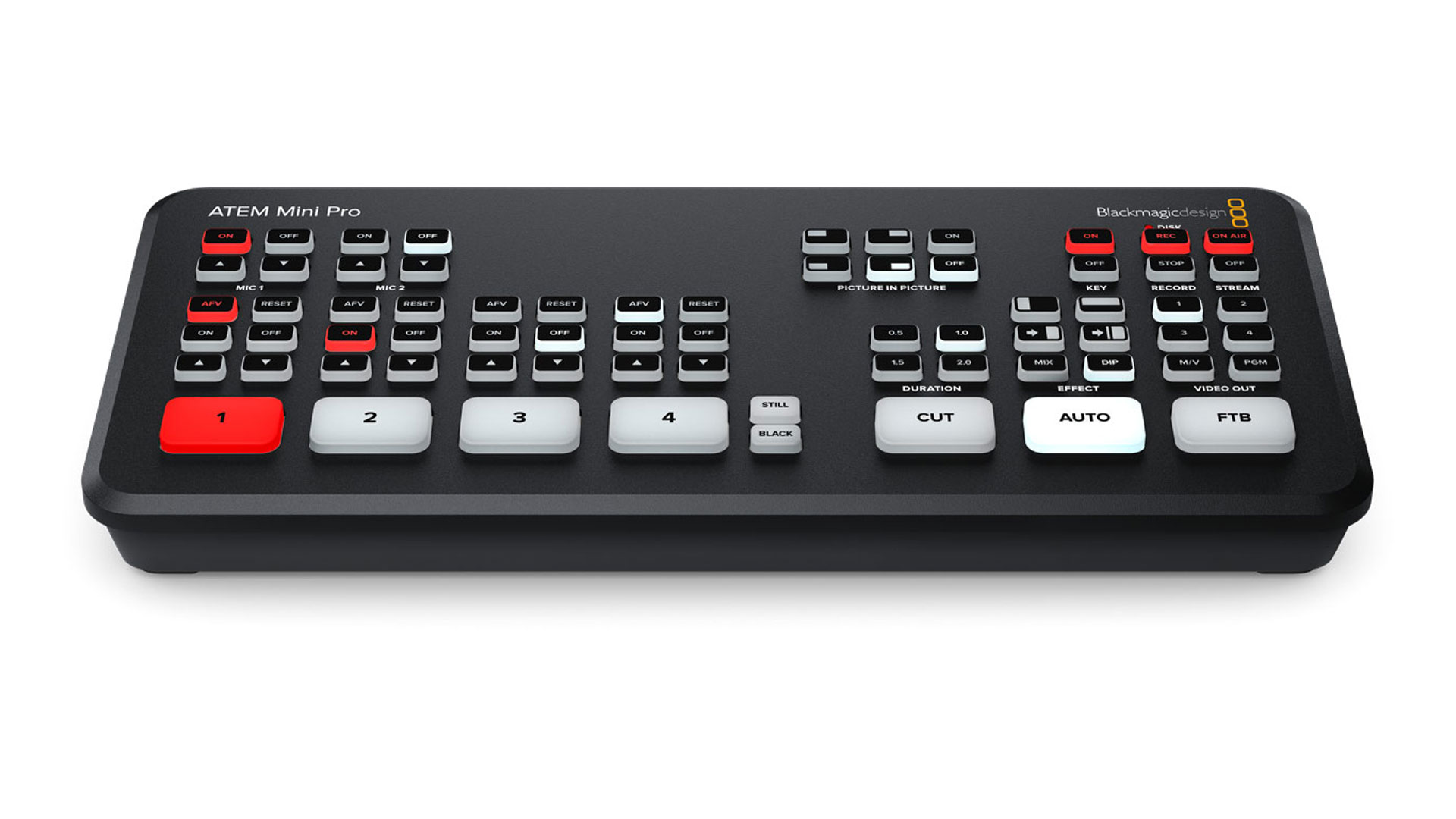
Specifications
Reasons to buy
Reasons to avoid
The bigger brother of the Blackmagic ATEM Mini, the Mini Pro has everything that the Mini has plus a little bit more. It can record direct to USB flash disk in H.264 format, stream directly to social media platforms such as Twitch, YouTube Live etc thanks to the on-board ethernet connection, and offers a 4-camera multiview.
A broadcast quality switcher, the ATEM Mini Pro includes extra buttons on the interface for recording and streaming control, including output selection buttons altering video output from either cameras, program, or multiview.
Best premium
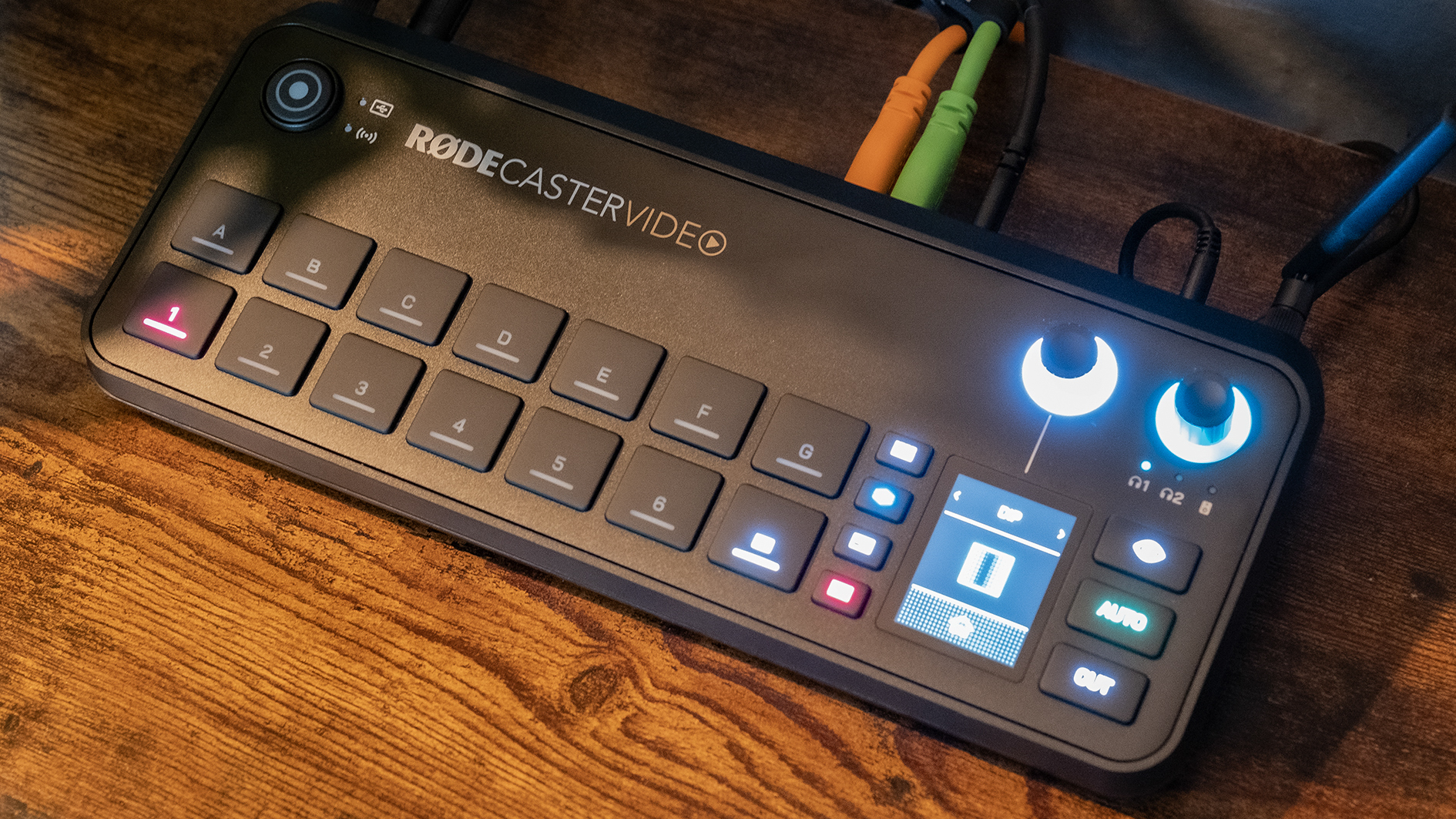
Specifications
Reasons to buy
Reasons to avoid
A relatively new switcher from audio gurus Rode, the Rodecaster Video is undoubtedly quite an expensive proposition, but it's so well-equipped that it can handle just about any audio situation you're likely to run into. Its range of ins and outs is large and generous, including four HDMI ins, two HDMI outs, two Neutrik combo jacks, a smattering of USB-C ports and wireless and Bluetooth connectivity. It's controlled via a nice, bright touchscreen that's intuitive to use, along with rows of rubber buttons and two rotary controls. It's all sensibly designed and works well.
The switcher is well-suited to the solo operator, with a scene system that allows you to save and swap between setup presets. Then there's also the impressive Auto mode, which seems like it should have been a gimmick, but in practice works quite well, allowing you to assign various levels of priority to a single source, then let the device automatically cut between wide shots and close-ups, mixing in the audio as needed.
Read more: Rode Rodecaster Video review
Best all-in-one
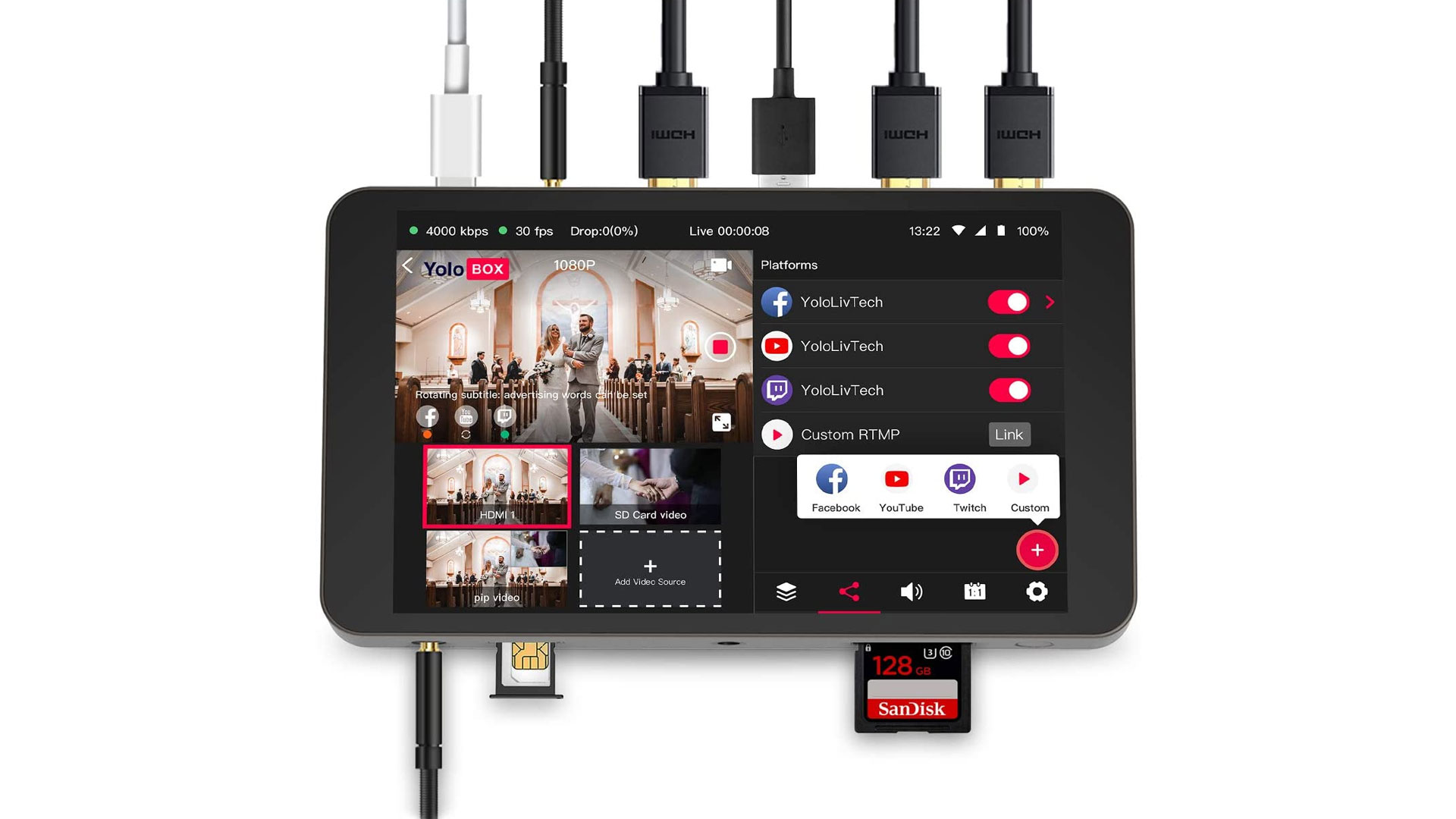
4. YoloLiv YoloBox
Specifications
Reasons to buy
Reasons to avoid
The YoloBox from YoloLiv is the perfect video switcher for those that want to run video productions from a single device, even broadcasting and live streaming straight from the device with no other hardware required. Thanks to the built-in 4G LTE capability, integrated battery, and free premium software features, the YoloBox can broadcast straight to social media platforms itself and do it simultaneously on multiple channels.
Split-view and side-by-side views can also have overlays to allow for additional channel branding, logos, watermarks, and rolling captions to be added to content. Pair that with up to 128GB of storage (via SD card) and a 5200mAh battery with quick charging USB 3.0 port, and it can cover a multitude of events and live production scenarios, whether in studio or on location.
Best for ease of use
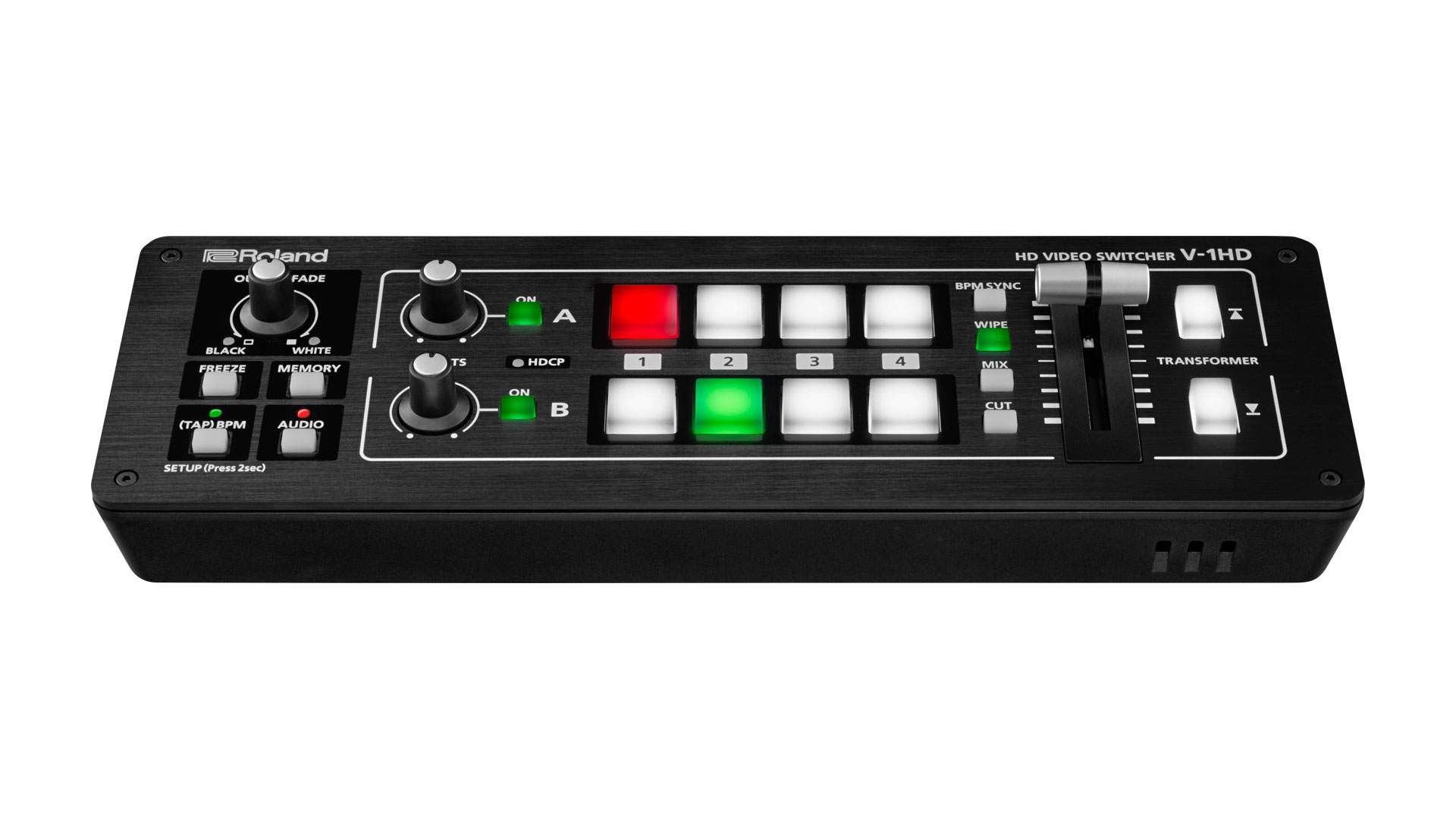
5. Roland V-1HD
Specifications
Reasons to buy
Reasons to avoid
The V-1HD is designed to be compact and simple to use with four HDMI input connections and an audio mixer that can control up to 12 channels. Its reliance on buttons and switches means the interface is busy, but everything is laid out neatly and favors those who like physical, tactile controls rather than touchscreens. There’s no in-built preview screen monitor, but it can be operated remotely via USB or MIDI connections in the device.
Easy control thanks to the backlit buttons and smooth T-Fader makes video switching a breeze and there’s a dedicated pot to change output fade to black or white. It also has automated video switching that can be programmed to 1-120 second ranges, and has a BPM (beats per minute) sync to allow automatic switching between Program and Preview at an appropriate song tempo.
Best cheap choice
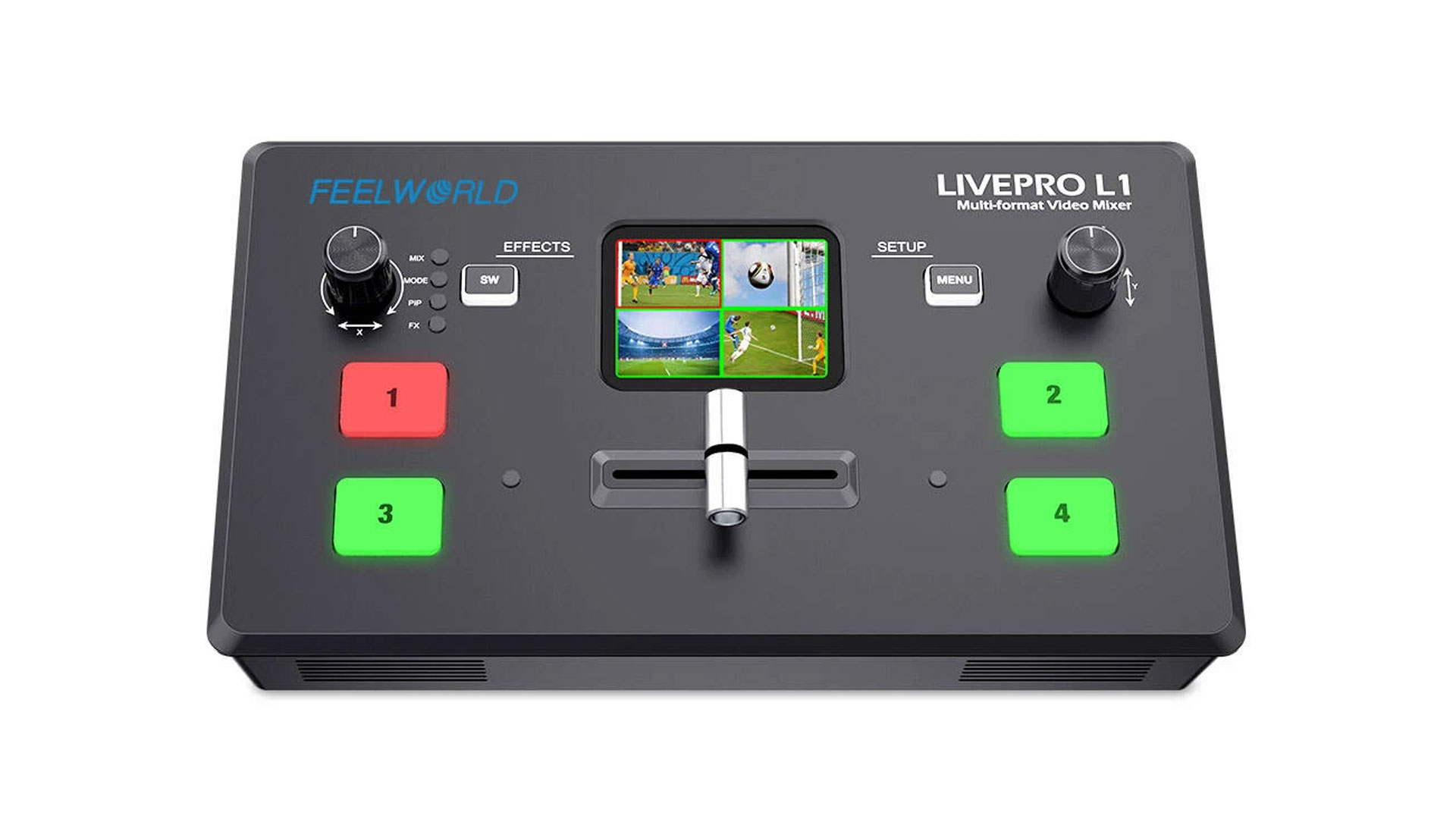
6. Feelworld Livepro L1 V1
Specifications
Reasons to buy
Reasons to avoid
A jack-of-all trades, the Livepro L1 V1 tries to put a foot into two camps by including buttons and a T-bar fader control with an integrated preview LCD screen to make it easier to control video switching. Live streaming is possible via computer with the Livepro L1 V1 appearing as a webcam for simple broadcast handling as with most video switchers.
Unfortunately, a single stereo mini 3.5mm audio input means that users must rely on the embedded audio via USB or use an external audio mixer/interface to control levels and effects on multiple audio sources. Although, at this price point you would expect the need for extra hardware such as this.
How to choose the best video switcher
Although they are useful for live events in-person, video switchers really come into their own when paired with the ability to broadcast live over the internet. Live streaming videos have never been more popular. Streamers such as YouTubers and gamers using Twitch have been doing this for a while now, recording live straight to social media platforms, but even huge trade shows have now been forced to rely on these live streams in order to keep running during various lockdowns.
While all the video switchers in this list are capable of accepting multiple video feeds and sources, and can handle or even mix audio, some are more tooled up than others. The launch of the Blackmagic Atem Mini, which offered accomplished option at a price than any vlogger could afford has helped to popularize the use of switchers — but there are plenty of alternatives.
If the production is small or on a tight budget then a simple switcher with the ability to output straight to a computer may be the way forward.
However, for fancier affairs, there are video switchers that can handle many video inputs, mix multiple channels of audio, offer transitions, chroma key, on-board previewing, and instantaneously stream to multiple social media platforms simultaneously all without requiring extra hardware. The Rodecaster Video is a good example of a more complex switcher that's realistically going to appeal to those who already know what they are doing — and it's priced accordingly.
As you can see by our list, there’s something for everyone, whether you’re just getting started or a seasoned video pro.
How we test video switchers
We test photo and video accessories by focusing more on real-world experience than lab results. In the case of switchers, we put them in the hands of a member of our stable of video and audio experts, then send them out to do some recording and broadcasting. Our reviewers assess how well the switchers perform — which means looking at how easy they are to use, and ultimately, the quality of results they produce. Find out more about how we test and review at Digital Camera World.
Read more:
• Best video tripods
• Best YouTube cameras
• Best XLR microphones and Best USB mics
• Best video lights
• Best green screen backgrounds
Get the Digital Camera World Newsletter
The best camera deals, reviews, product advice, and unmissable photography news, direct to your inbox!
Jase Parnell-Brookes is an award-winning photographer, educator and writer based in the UK. They won the Gold Prize award in the Nikon Photo Contest 2018/19 and was named Digital Photographer of the Year in 2014. After completing their Masters Jase has spent a good chunk of two decades studying and working in photography and optics shooting and writing all over the world for big-name brands and media outlets. Now the Channel Editor for Cameras and Skywatching at Space.com their speciality is in low light optics and camera systems.
